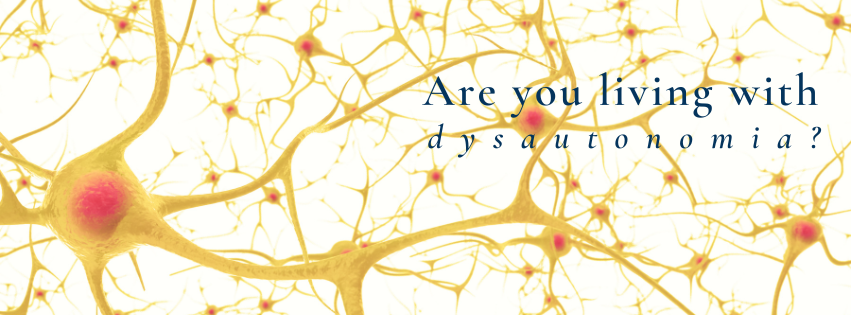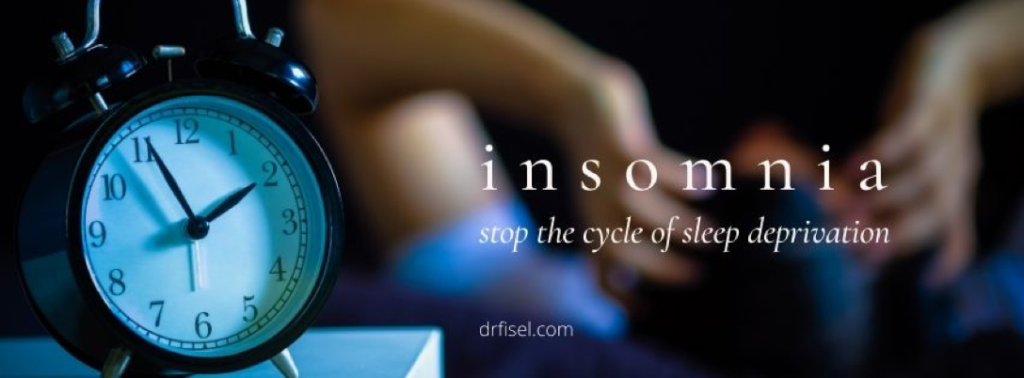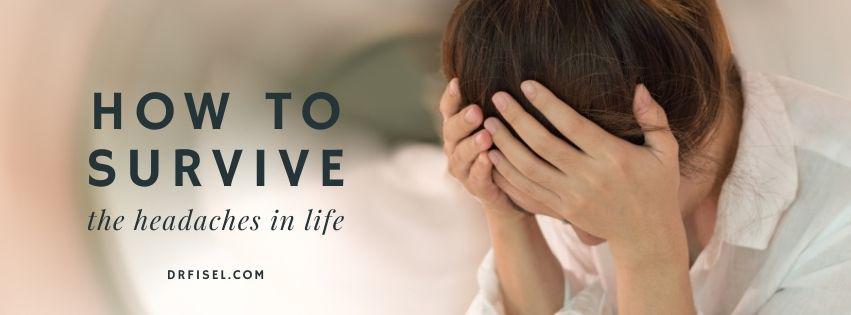
If you have received a diagnosis of dysautonomia, then you know:
One: Your sympathetic nervous system is over functioning. That means your “fight or flight” responses are hyperactive.
Two: Your parasympathetic nervous system is under functioning. Which means “the automatic responses of the body, including heart rate, blood pressure, temperature control, digestion and urination” (Jasper) are suppressed.
Dysautonomia is a generalized diagnosis that describes the dysfunction of the autonomic nervous system (ANS). Dysautonomia can encompass underlying causes by mirroring symptoms such as:
- Inflammation
- Chronic pain
- Fatigue
- Brain fog
- Mood fluctuations/disturbances, anxiety and depression
- Disrupted sleep patterns
- Heart issues
- Dizziness
- Migraines
and many more common overlapping symptoms.
Dysautonomia may also be secondary to diseases like chronic infections, Lyme disease and diabetes, but when the sympathetic nervous system stays overactive for long periods of time it can actually cause chronic immune illnesses like POTS.
Unfortunately, there is no clear cause of POTS. Current research has provided plausible causes for some of the more common symptoms that arise from this condition. The primary causes of POTS include (6):
Mast Cell Disorders. Mast cells are a group of cells belonging to the immune system. During an allergic reaction, they respond to the local allergen by releasing tiny chemicals that create the redness and itchy sensation. Some of the primary symptoms of POTS tend to exasperate the mast cell response, such as flushing episodes, nausea, and even stomach cramps.
Neuropathy. One of the more critical symptoms of POTS is presenting dark blue legs which are associated with the pooling of blood in your lower limbs upon standing up. Feelings of dizziness immediately follow as the blood takes more time to circulate back to the heart and brain. In order to combat this, the heart rate must increase to quickly move the blood back up. In healthy people, this phenomenon doesn’t occur due to the tightening of blood vessels upon standing up to prevent the pooling of blood in the legs. Instead, people dealing with POTS may have lost nerve supply to their blood vessels preventing them to function normally.
Norepinephrine. Norepinephrine is an excitatory chemical produced during a stress response. Stressors to the body can be as extreme as running away from a bear and as minor as standing up from a seated position. People with POTS tend to have abnormally high levels of norepinephrine, causing these stressors to become less tolerable. Treatment for this is targeted towards the prevention of norepinephrine release.
Nitric oxide. Nitric oxide (NO) is a chemical produced naturally in our bodies to help regulate our cardiovascular functioning. In healthy humans, NO helps to stabilize blood pressure by causing vasodilation or relaxation of our blood vessels. Research has suggested that during POTS, the interactions between NO and the autonomic nervous system is dysfunctional, elevating some of its symptoms.
Physical deconditioning. Over longer periods of time, physical deconditioning can lead to a smaller heart size which limits your ability to pump blood throughout your body, otherwise known as cardiac output. Remember, your heart is a muscle just like your biceps and triceps – if you don’t use it you lose it (in terms of mass, that is). However, it’s difficult to truly determine if physical deconditioning leads to POTS or the other way around.
Viral infections. As a stressful trigger, viruses and other kinds of infections can contribute to the onset of POTS symptoms. Research has not yet determined the exact mechanisms for this. It is hypothesized that viruses may be damaging the nervous system or triggering antibodies that affect the nervous system. Roughly ⅓ of POTS patients associate the onset of their POTS symptoms with a viral illness.
Bacterial infections. Another stressor on the immune system are chronic bacterial infections such as Lyme disease. “…It has been suggested that altered immune activity or denervation of the autonomic system following illness may be an important trigger. Patients infected with Lyme disease have a small incidence of post‐Lyme disease syndrome that share similar characteristics to POTS.” (Noyes).
For the majority of cases, POTS is predominantly seen in people who have experienced high stress in their life – such as following pregnancy, sepsis, fever/illness, surgery, or other physical trauma (7). Secondary causes of POTS include, but are not limited to, adrenal disorders, anemia, autoimmune disorders, gastric bypass surgery, gastric disease, spinal disorder, tumors and even vitamin deficiency.
It is important to consider the stressful effects on the body that long haul COVID and Lyme disease present in terms of POTS and how from a naturopathic perspective the underlying symptoms can be treated to make living with dysautonomia more manageable.
Here are a few naturopathic options that can be used to alleviate symptoms of dysautonomia:
Stress Management: Eliminate stressors that exacerbate anxiety or depression, practice sleep hygiene, add meditation and mindfulness practices to your everyday routine.
Nutrition: Especially being aware of food allergies and sensitivities can be of benefit, avoiding foods that cause inflammation and considering diets recommended by your naturopathic doctor specifically related to your diagnosis. Dr. Fisel offers functional testing to determine the best diet for your diagnosis.
Herbs/ Supplements: There are specific herbs and supplements that focus on healthy systems in the body. Dr. Fisel uses specific testing to recommend protocols that will help you alleviate the underlying symptoms and causes of dysautonomia.
Acupuncture: This treatment specifically addresses the nervous system and helps to reduce many symptoms of dysautonomia. Acupuncture is just one of the treatment options available to you when working with Dr. Fisel.
Using herbs, nutrition, and acupuncture we often see more successful outcomes than with pharmaceuticals alone. If you live in the Guilford/ Branford/ New Haven/ Madison/ Clinton area and would like to learn more about integrative solutions for your health care needs, I can help you get to the root of your symptoms by promoting health and healing on all levels – physically, emotionally and spiritually. Call (203) 453-0122 or CLICK HERE to schedule a consultation.
REFERENCES
“Dysautonomia: Wellness by K: Naturopathy: Nutrition: Richmond.” Wellness By K, https://www.wellnessbyk.com.au/dysautonomia.
Noyes, Adam M, and Jeffrey Kluger. “A tale of two syndromes: Lyme disease preceding postural orthostatic tachycardia syndrome.” Annals of noninvasive electrocardiology : the official journal of the International Society for Holter and Noninvasive Electrocardiology, Inc vol. 20,1 (2015): 82-6. doi:10.1111/anec.12158








